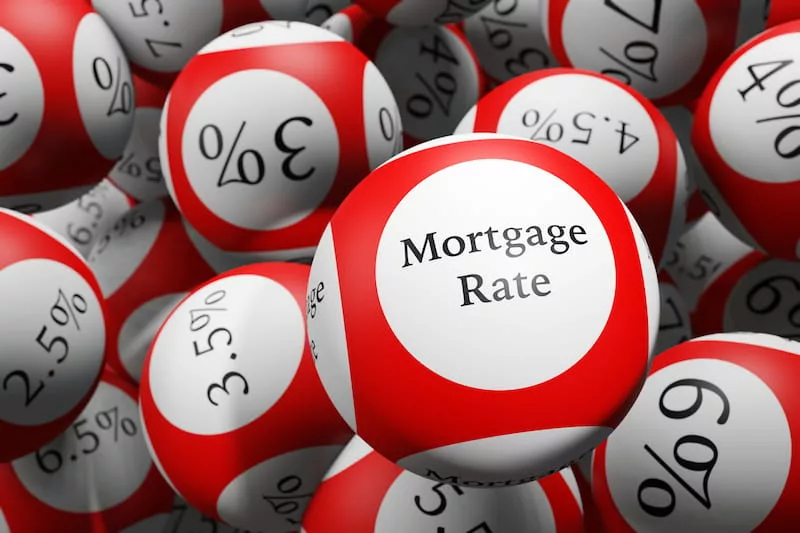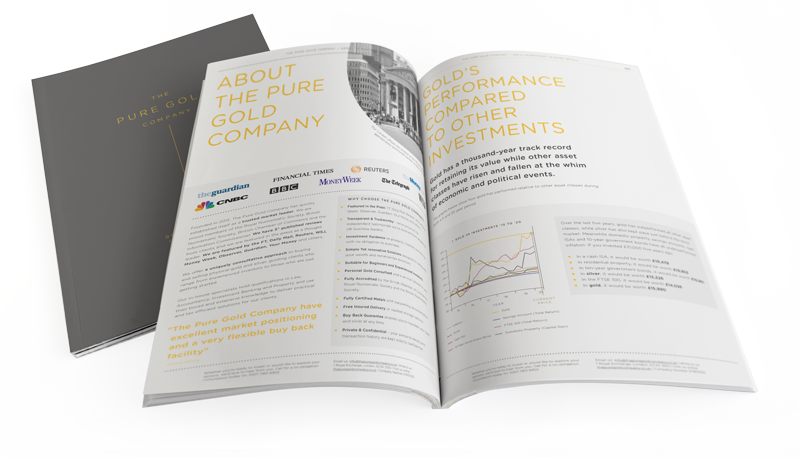Interest rates rose again last week for the twelfth time in 17 months, cementing an end to a decade of near-zero rates and loose monetary policy. So, what does it mean, for investors, homeowners, people with credit-card debt, savers, spenders and anyone with assets or liabilities worried about their future? The answer is the need for a carefully curated approach to protecting your assets as market risk and volatility are on the increase.
Rising costs
In its haste to slow the rampant inflation that has blighted the globe, the Bank of England added another 25 basis points to the base rate in its May monetary policy decision, lifting the rate to 4.5%. The base rate is used as a benchmark to determine many different bank interest rate amounts, including mortgages, loans and other types of credit they offer. This means people on tracker mortgages will immediately feel the effects of a rate rise in an increase in their mortgage payments. But there are also millions of borrowers who are coming off fixed rate mortgage deals who will find that the landscape has changed dramatically since they fixed their mortgage 10, five or even just two years ago.
The rise in mortgage rates comes on top of the rising cost of household goods, and the general cost-of-living crisis that continues to beset householders. Inflation has stayed stubbornly in double figures for eight of the last nine months, coming in at 10.1% in the year to March 2023. Ironically, rate rises are designed to bring inflation down, but invariably compound rising household costs. The rate increase means credit card bills will rise further, personal loans and other debt products will become more expensive, and while fuel costs have come off last year’s highs, they are still contributing significantly to the cost-of-living crisis.
Looking Into Gold Investment?
Book a FREE consultation with our expert brokers at The Pietra Sussan Company.

The markets
Interest rate rises also make it more difficult and expensive for companies to secure credit which can have an impact on stock market growth. Coupled with lower economic activity as households reign in spending, and there is a real risk of a market correction on the horizon.
Economic pressure can also affect the corporate bond market, with companies feeling the consumer cost-of-living crisis pinch or the threat of a recession and consequently becoming increasingly risky to invest in.
The rise in mortgage rates will also have an impact on the property market, forcing some homeowners to sell as their mortgage becomes unaffordable, and weighing on property prices. Already in March, the Office for Budget Responsibility predicted a 10% fall in house prices this year from the fourth quarter 2022 peak.
With pressure in the bond, property and stock markets, finding a safe haven to protect your assets is becoming more urgent.
Gold solution
Usually when interest rates rise the currency of the country rises in relation to other currencies. And a stronger currency can be a deterrent for buyers of safe-haven assets like gold. But if the market believes a rise in interest rates will result in more risk and lower economic activity, short-term currency gains can be eroded and demand for gold can increase.
Longer term, when the market pressure does finally ease across popular asset classes like stocks bonds or property, it’s important to have safeguarded your assets to be able to take advantage of opportunities when they arise. The options for low-risk ‘parking’ of assets have improved somewhat as savings rates have also seen a fillip from the rapid interest rate increase. However, the levels of interest on savings remain stubbornly far from inflation, and this chasm is guaranteed to erode the value of your savings.
Gold, while providing no guarantee to outpace inflation, at least offers the possibility of growth rather than the guaranteed loss of value. Investing in gold allows you to actively wait out any market declines, with the added advantage of a long history of growth during periods of uncertainty and market turmoil.
Limiting banking risk
Physical gold is also largely protected from counterparty risk, whereas bank risk has been on the rise again. For some time after the Global Financial Crisis, bank bailouts and stringent capitalisation rules calmed market concerns about bank failures. However, the collapse of Credit Suisse, the second-largest bank in Switzerland, in March 2023, alongside the collapse of two US banks in the same month, are at best an uncomfortable reminder of the precariousness of the global banking system and at worst a harbinger of further bank instability to come.
Active Waiting
While interest rates on savings have risen, and having cash in the bank allows investors to quickly respond to opportunities in other asset classes when market volatility recedes, holding gold comes with value accretion potential rather than the guaranteed inflation erosion of cash, and it’s almost as liquid. Physical gold can be quickly liquidated anywhere in the world, so investors don’t have to wait to take advantage of opportunities.
Holding gold as part of a balanced portfolio can protect your assets during times of turmoil, when markets are unable to provide stable returns, or unexpected events erode the value of your investments. Gold has a long history of weathering economic upheaval and growing when other assets are in decline. The interest rate rise in May will impact on household spending, company borrowing, property prices and potentially dampen the economic growth landscape. Investing in physical gold is a way to weather the storm and still have the agility to liquidate when market stability returns.


